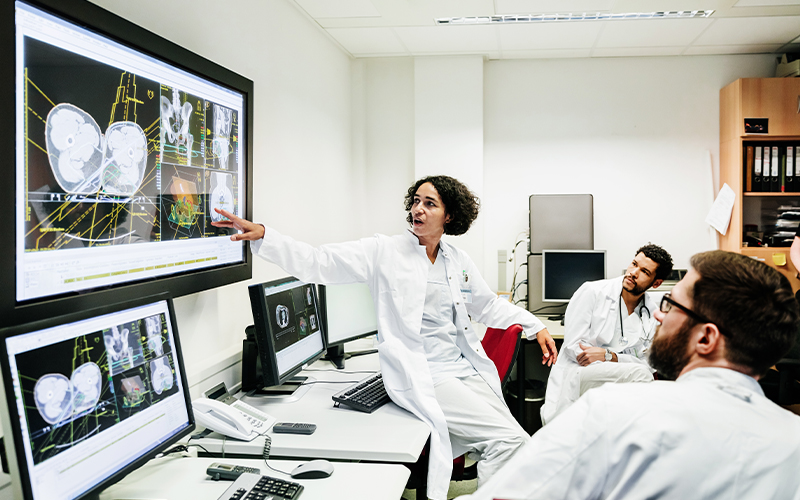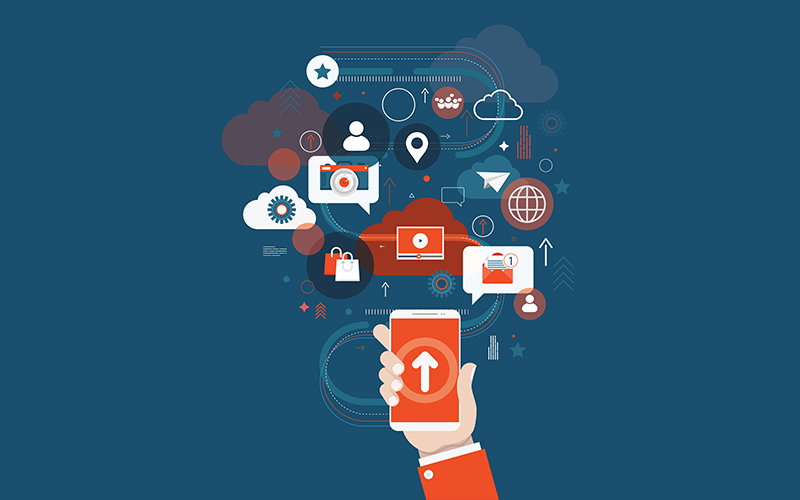BPM Analytics
The Role of Technology on Healthcare Quality, Performance, and Outcomes
High quality healthcare care is a global need. It has been talked about for more than half a century and is now leading to the formation of agencies such as NQF (National Quality Forum) and AHRQ (Agency for Healthcare Research and Quality) that have made safety and quality in healthcare their agenda.
These agencies offer quality standards for healthcare industries, adhering to which offer these advantages:
- A benchmark of healthcare levels and patient management.
- Accreditation and incentives from government programs.
Quality standards in healthcare enable reduction of medical errors and increase patient safety. Efforts towards improving these standards are an essential ongoing need. The first step to improve anything is measurement. Since quality and performance are concepts, they are not directly measurable. But indicators are.
For example, safety is a dimension of quality and postoperative complication is an indicator (mortality by type of condition, rate of injury during a hospital stay, are a few of others) that is measurable. This is measurable with the help of data.
Information at the heart of improvement
Data can give you very key insights if you look into it.The digital revolution in the healthcare sector has made e-records of various types of data: administrative, patient, disease-specific, and survey, available. They are easily accessible and form a comprehensive input for quality and performance assessment.
Filling technology gaps for enhanced patient outcomes
E-records in the desired format, software applications that streamline processes and tools that help assessment are all readily available. The current need is for a technological solution that translates indicator assessment findings into actionable organisational processes for quality and performance improvement.
Advancements in technology applications can bridge this gap. Technology can provide agility and hyper-productivity making every interaction value-adding.* The key technologies in this regard include:
1. Data mapping
The domain of healthcare has always been flooded with a huge amount of complex data, coming from different sectors (hospitals, healthcare providers, medical insurance, etc.) and different verticals (administrative, medical, disease-specific, etc.).
An essential component of improved care and efficiency is IT interoperability that is facilitated by data mapping. Data mapping involves matching between a source and a target (such as between two databases) that contain the same data elements but are known by different names.
This matching enables software and systems to exchange patient information, reimbursement claims, outcomes reporting, and other data meaningfully.
2. Benchmarking of patient care methodologies
Benchmarking is relatively new to the healthcare sector and is defined by the Joint Commission on Accreditation of Healthcare Organisations (JCAHO) as a measurement tool for monitoring the impact of governance, management, clinical and logistical functions.
By implementing benchmarking and extrapolating the results with the help of data analytics, care methodologies can be evolved (in their application as well as purpose) to improve patient outcomes.
3. Measurable patient management and financial outcomes
Patient management starts the moment a patient steps into a healthcare facility. Right from the access of patient records and medical history to fixing up doctor appointments, tests to be taken, reports, and hospitalisation as per recommendation, the patient’s journey can be tracked. Aligned with this, is the parallel processing of insurance documents as applicable, to make sure that neither the patient is inconvenienced, nor is the hospital admin waiting to clear documents. Just as processes need to be monitored and stay close to optimum levels of service deliveries, it is essential to empathise with the patient’s condition and support the patient’s recovery journey as per the prognosis and protocols.
Conclusion
Rationalising expenditure is a very sensitive procedure when it comes to medical events. On one hand, expenses and business issues of hospitals should be met without delay, while on the other, the patient should be in a recoverable condition or in the next step of the treatment. Technology provides a dashboard that maps the cost to the objectives of each stakeholder.
While at no point should a patient feel disadvantaged, any service that offers different levels of customization should be an add-on while not compromising the basic objectives of patient recovery. This is why it’s even more essential that all stakeholders in the healthcare system - from healthcare providers, payers, allied service providers, and quality improvement organisations – all work in sync, in line with a common unified, easily accessible, benchmarking technology to achieve the best results.
* For organizations on the digital transformation journey, agility is key in responding to a rapidly changing technology and business landscape. Now more than ever, it is crucial to deliver and exceed on organizational expectations with a robust digital mindset backed by innovation. Enabling businesses to sense, learn, respond, and evolve like a living organism, will be imperative for business excellence going forward. A comprehensive, yet modular suite of services is doing exactly that. Equipping organizations with intuitive decision-making automatically at scale, actionable insights based on real-time solutions, anytime/anywhere experience, and in-depth data visibility across functions leading to hyper-productivity, Live Enterprise is building connected organizations that are innovating collaboratively for the future.






